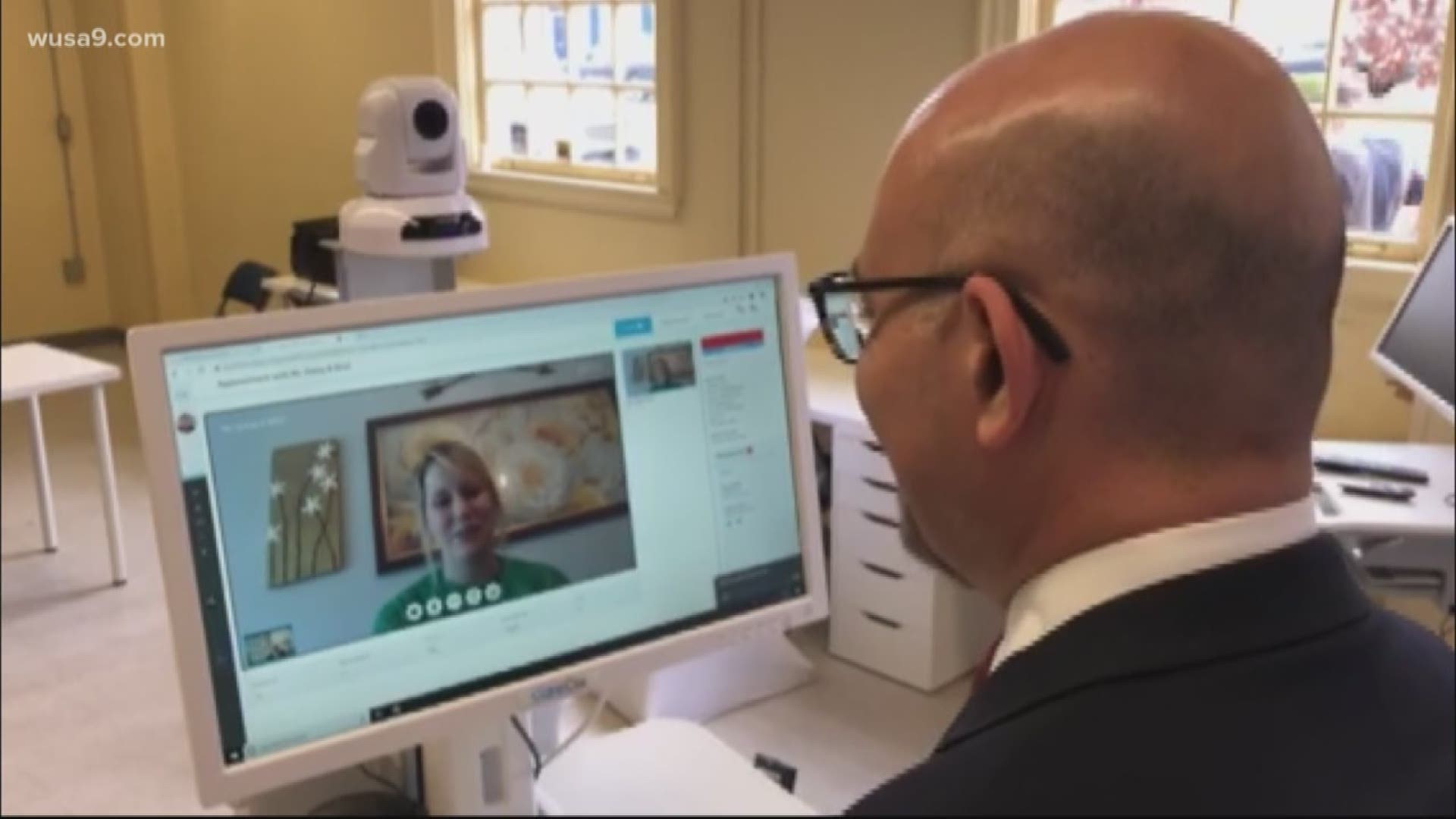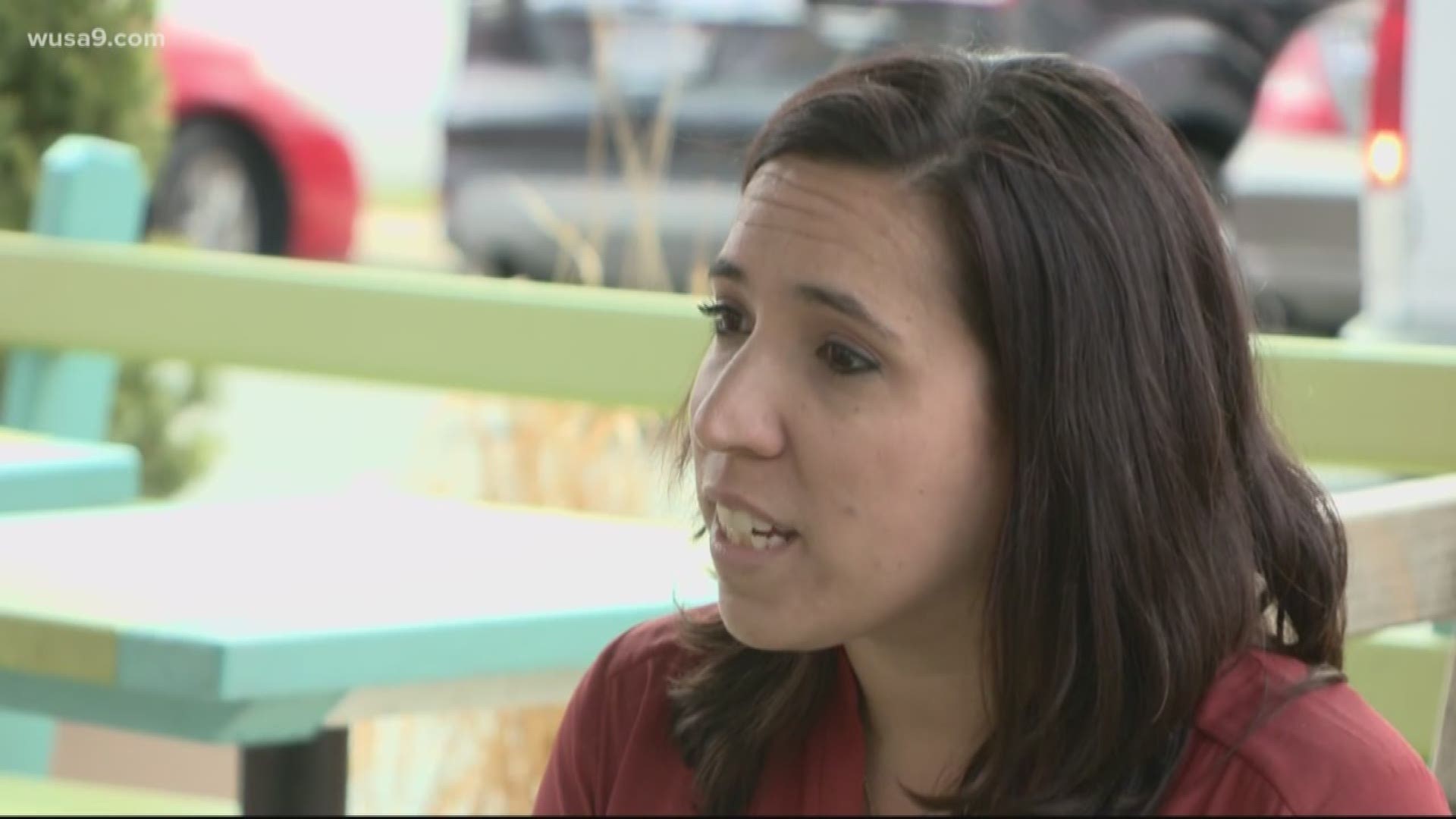WASHINGTON — With people being told to social distance and self-quarantine during the coronavirus outbreak, telehealth providers are seeing a spike in usage for medical concerns and appointments.
Inside the CareClix office in Alexandria on Wednesday, Dr. John Korangy continued to set up equipment to be used for calls with patients.
Over the last week, he said the company received around a dozen calls per hour from healthcare providers wanting to be a part of the service.
"Our last few days have just been crazy for us," he said. "I think what’s happening now is providers and health groups are realizing that telemedicine and virtual care are here to stay."
After signing up on a telehealth site and setting up an appointment time, users can speak face-to-face over a digital device with a medical professional about concerns or ailments.
As health centers and hospitals remain inundated with patients during the coronavirus outbreak, Korangy said telehealth resources played a valuable role during a crucial time.
"There are patients who are in those doctor offices who have other issues and we don’t want to have other pathogens mixed into that specific patient," he said. "We’re looking for the symptoms this patient could have and how we can manage them. We can do all that remotely."
Other telehealth providers have reported similar recent spikes in activity.
Kaiser Permanente reported back-to-back record-breaking days on Thursday and Friday last week after over 1,300 video visits were conducted over the two days. The company told WUSA that around 350 video visits are typically recorded on an average day.
Following the coronavirus outbreak, Kaiser Permanente expected the number of video appointments in March to overtake the record-breaking amount seen in February of this year.
"At the minimum, we're providing a high level triage effect where we're able to triage these patients at home and not expose them to other pathogens that are in emergency rooms and doctors rooms," Korangy said.
After appointments are made, CareClix said typical wait times normally total around 10 to 15 minutes.
If a patient shows symptoms of coronavirus, Korangy said free testing kits could be mailed to their address.
Telehealth doctors could also refer patients for extra care or prescriptions.
Moving forward, he expected virtual health resources to continue to grow in popularity.
"I think what we’ll see after this as things grow is people see the huge value added with it," he said.


